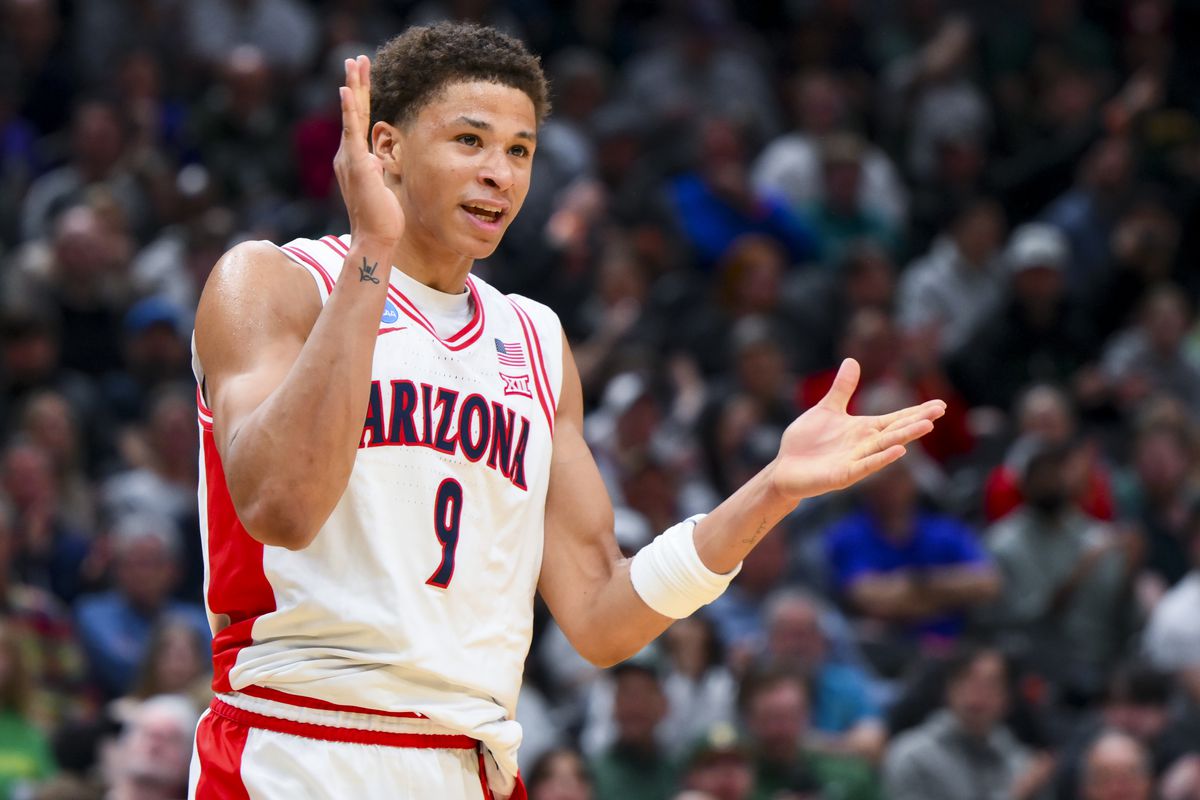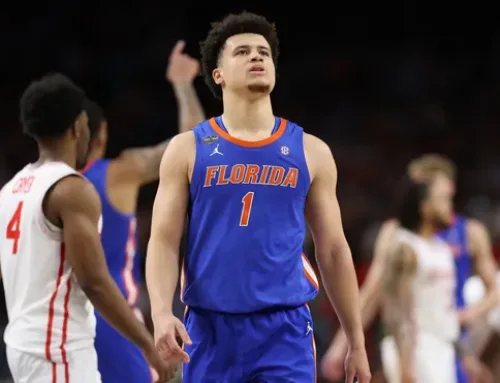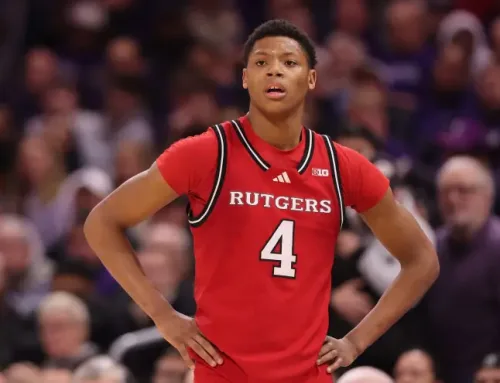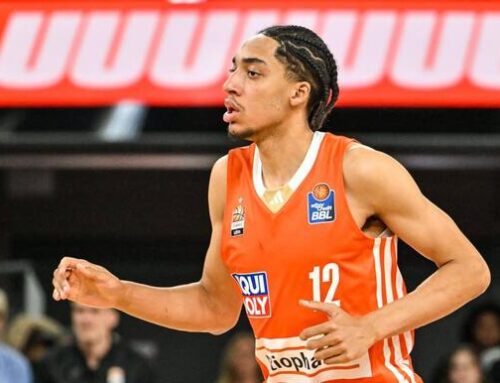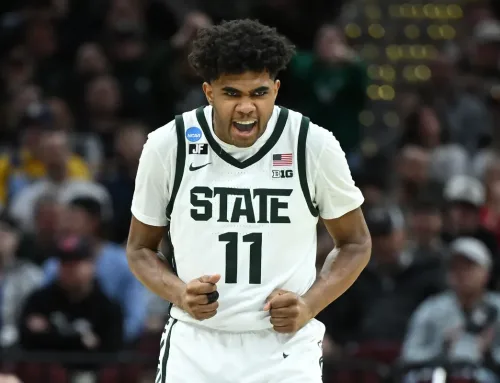By Avi Tyagi
Great defender for a freshman, if a little foul-prone. A competitive shot contestor, Carter can get lost off-ball with his head turned to the ball, but is otherwise a consistent force. He’s a little forearm happy and not subtle about nudges, which can lead to unnecessary fouls. Intricate 3-man and 4-man sets can challenge his ability to read the play and get to the spot in help or on the primary cutter, but that’s most of the nitpicking. Defensively, Bryant profiles as a future switchable 4, capable of high-level shot blocking, both in recovery and as a help-side defender. He spent the first half of the season as a low-usage bench player with limited minutes per game. In his first 19 games, Carter only played 20 or more minutes on 4 occasions. In the second half of the season, Bryant played 20 or more minutes 16 out of 18 games. He was an undeniable presence for an Arizona squad that could scheme around his offensive weaknesses and trust him to stay consistent with defensive playmaking and effort. The offense barely features any self-creation. His solid 3-point shooting provides him with a playable floor. His elongated release means he won’t be able to fire off as many triples as others might from the corners, but it’s not slow enough to be a true impediment, and he profiles as a future 38% corner spacer. Bryant lacks aggressiveness as a passer, but he has his head up at all times. His vision is solid, but every once in a while, he’ll catch defenses off guard with a spectacular pass through traffic to an interior passer. It’s a flash in the pan for now, but a team drafting Bryant is aiming for a few seasons in the future. Trey Murphy is a recent comparable, the scoring wing who’s added new levels of the court to attack from with a live dribble every season since his 2019 freshman year. Bryant’s far further along defensively than a young Trey Murphy was and already plays with the physique and aggression that Murphy developed after a late growth spurt. Bryant shot 85% on shots within 5 feet of the rim, driven by his value as an option in the dunker spot or as a cutter. Toss in Carter’s athleticism to fly in for tip-in dunks and alley-oops (further verified with his combine hops and three-quarter sprint time), and you have the perfect development candidate for a rebuilding roster early in its program. The Nets, for instance, would be an ideal landing spot. The Suns might need immediate help from a larger defensive wing who can actually shoot, and they desperately need young players to have any sort of long-term viability as a franchise. Portland’s already developed Toumani and Deni very well; Bryant could be the next development success story at the forward position.

